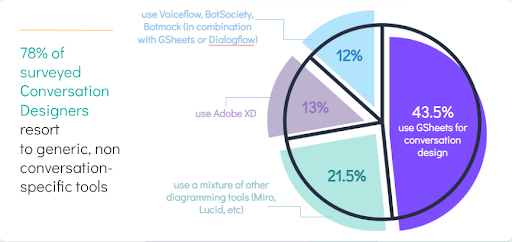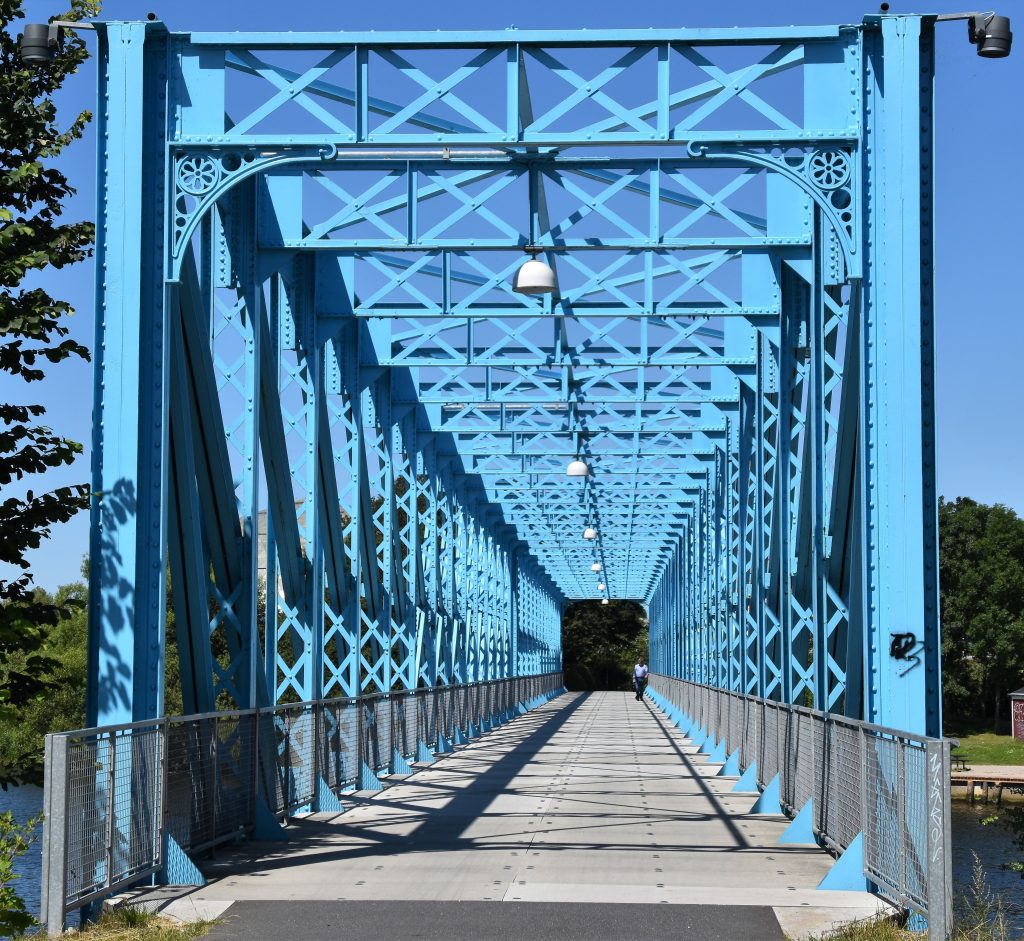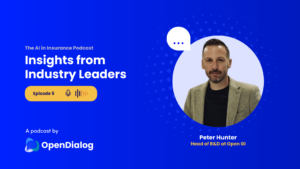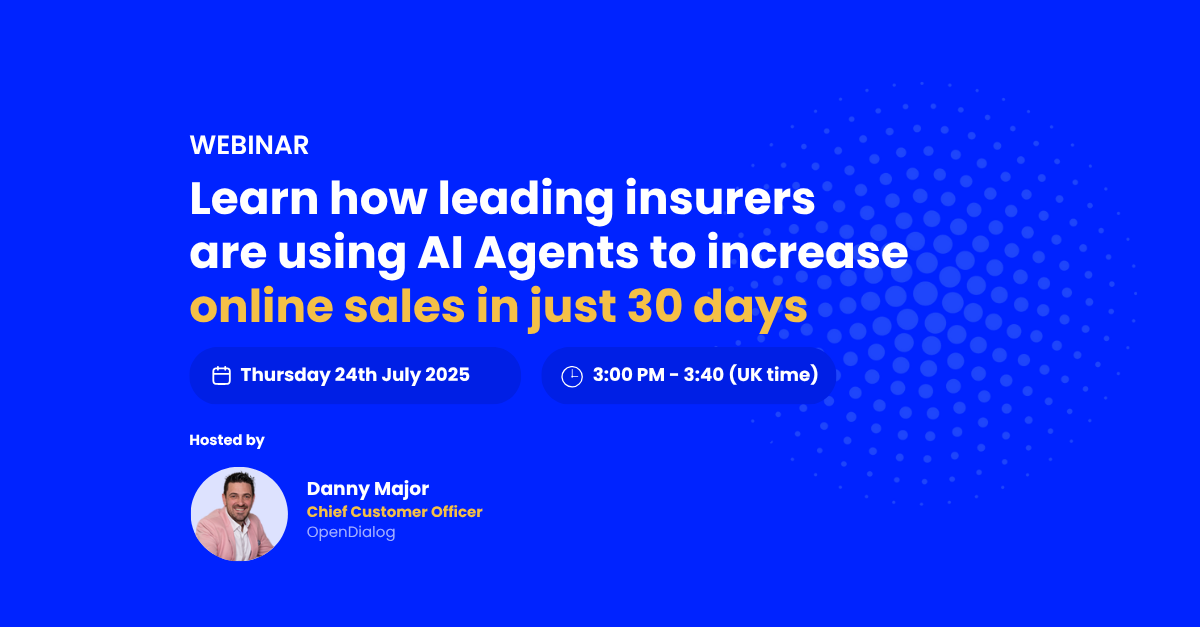Overview
Since embarking on the OpenDialog journey from January 2021, Ronald, Maaike and Adam kept a diary (Week-notes) on LinkedIn as we headed towards the next official release of OpenDialog in Spring/Summer 2021. Below is a snapshot of those articles to show you the journey we went on.
Week 1
Week 1 saw Ronald share his vision and why we have shifted from GreenShoot Labs to now be completely focused on OpenDialog. Read more below.
The first week for us at GreenShoot Labs doubling down on OpenDialog is already in the past.
Back in the flow
Inevitably, part of the week was spent getting back into the rhythm of things at work after the holiday break. It was great to see everyone again and the entire team is enthused to take on the OpenDialog mission. The first task at hand was to identify what would be our overarching focus for the next 2-3 months of development. While there are many smaller features and numerous improvements that we have in the backlog for the tool we needed an overarching theme.
Not just for experts
Over the past year, we prioritized features that made a difference to users of conversational applications and refined the core conversational engine. We never worried too much about how those features would be accessed and manipulated by non-experts. OpenDialog was an internal tool to enable us to deliver great conversational experiences to our clients. The downside is that unless you were already an OpenDialog expert or sitting (albeit virtually) next to one it would be hard to get going with the tool.
So while OpenDialog is a beautifully modular, coherent and powerful framework for conversational applications it has a steep learning curve. To truly take advantage of it you need to understand its inner workings, read up on our Conversation Description Language and be ready to delve into code.
No-code UI
Well, since our aim is to make OpenDialog as widely accessible as possible the focus has to be on translating the power of the underlying conversational engine into a beautiful to use no-code UI layer that makes manipulating the sophisticated conversational model much simpler.
Article originally posted on LinkedIn on 11th January, 2021.
Week 2
During week 2 we released the OpenDialog Manifesto. Ronald outlines what this is and why we created it. Read more below.
Last week was a big one for the OpenDialog team. We settled in after the return from the holidays, we digested the fact that 2021 was looking to compete quite strongly with 2020 in terms of crazy developments and we got on with the business of building our product and letting the world know about it.
The first “release” was our OpenDialog Manifesto. This is our big statement about what we believe is important and relevant when it comes to considering conversational applications and then designing them. The results are something that I am definitely proud of and excited about. Inevitably, though, I am also apprehensive and slightly apologetic about the whole thing.
Creating a manifesto is a wonderful exercise. First, it is a chance to step back from the day to day and think about what you believe to be really important and relevant. Second, you need to find the discipline to condense that in a few clear statements and a coherent story. What better way to capture your thoughts.
Creating a manifesto, though, is also an exercise in hubris. It is very much about etching things in stone and standing on top of a hill and claiming them as immutable truths about the universe. What makes you think that what you believe to be important actually is that. Hence the apprehension!
On the balance though, I am glad we set out our thoughts in this way and so publicly. Our manifesto captures our current thinking about conversational application and in many ways it is required. The space we are and the craft we are developing is so new that it is important to clearly state what we think is important. The manifesto is the tool through which we will prioritise our actions and interpret the value of our findings.
What I need to remember is that it is not etched in stone. Finding out what we got wrong is just as interesting and important as sharing what we think is right.
Article originally posted on LinkedIn on 18th January, 2021.
Week 3 & 4
During weeks 3 & 4, Maaike reached out to the community to gather insights and help us to make decisions around priorities. Read more below
After fine-tuning our vision and sharing it with the world over the last couple of weeks, week three sounded the beginning of what is undoubtedly the most exciting time of any product development cycle: kick-off!
As the famous Gary Vaynerchuk states: “Execution is the game.”
The main product design challenge for OpenDialog is to make something as complex as sophisticated, multi-turn conversations easy for anyone to understand, design, and build.
OpenDialog is an open-source product, and we greatly value the input from our community. We decided to find out the preferred tools and curious quirks of conversation designers and consider those in our designs.
The results came as quite a surprise!

These results make it evident that we need an intuitive, dynamic, easy-to-use interface. The question then becomes: ‘How might we translate the feature-rich OpenDialog conversation description language into a useful, clear and simple visual language that makes sense?’ Easier said than done, and we also set ourselves a very specific constraint: #noflow. The OD description language allows us to describe conversations without thinking in flow diagrams, and the editor should reflect that.
Quite the challenge both from a visual and code perspective, but nothing our stellar developer team seems to be afraid of. Have I mentioned I’m in total awe of their skills to make my designer dreams come true?
Thanks to the entire team’s efforts, a good deal of thinking, zooming and planning – we are now well on our way of executing Sprint 1 of OpenDialog 1.0.
What have we got in store for the future? A straightforward configurable admin interface – a dynamic #noflow conversation builder – easily editable content management, and much more!
Special Kudos to our planner extraordinaire, Adam Fowles, who manages to take on board crazy ideas and transform them into workable Jira tickets! 😉
Article originally posted on LinkedIn on 25th January, 2021.
Week 5 & 6
Week 5 saw us complete our first sprint as we’re gearing up towards the release of OpenDialog 1.0. Adam Fowles, the man with the plan and servant-leader for the team, updates on how Sprint 1 went and how we’re forming as a product team. Read more below
As we roll into a snowy (well in the UK at least) week 6, the blizzard that is the OpenDialog 1.0 journey is really picking up as we are now well into Sprint 2 – which kicked off on Friday last week.
What has happened since the last post by Maaike Coppens on 25th January you ask? Well, Sprint 1 happened, in which we laid the foundations for Sprint 2 and beyond.
Sprint 1 is all about laying down solid foundations for not just the 1.0 release but also the future of OpenDialog, we focused this block of time on establishing our workflows both amongst our people but also how we write and manage our code.
Whilst the team were setting the foundations, I, Pat Shone (CTO) and Ronald Ashri (CEO/Product Owner) swarmed on the ‘mad & crazy’ ideas from the past 4 weeks and started to filter them down into cohesive, deliverable chunks ready for review and prioritisation. Not an easy task but a fun challenge that we all revelled in… well I did anyway!
This sprint also saw a really exciting proof of concept (POC) delivered which further validated our thinking that OpenDialog will be:
a straightforward configurable admin interface - a dynamic #freeflow conversation builder - easily editable content management, and much more!” - is the correct route to take.
As we establish and gel as a product team, I want to ensure the team is continually learning and iterating its ways of working. This sprint was the first time in a long time we’ve kept time aside to reflect on how the past few weeks has been. As we’re fully remote, we did this asynchronous, using Google Docs following our show & tell.
Article originally posted on LinkedIn on 9th February, 2021.
Week 7 to 10
Between weeks 7 and 10 we completed our second and third sprint with a clearer view of the path ahead of us as we gear up towards the release of OpenDialog 1.0 in Spring 2021. We’re now starting to see the fruits of our, collective, labour come to life ahead of the release of OpenDialog 1.0 in Spring 2021. Read below for a snapshots from those week notes.
During sprint 2 (Week 6-7) we started to see a number of the big ideas take shape from both a visual and approach point of view. Our Head of Conversation UX, Maaike Coppens, has been doing an incredible job of bringing ideas to life. She’s been collaborating with the application front end squad to define the implementation path for the new no-code, no flow conversation builder – our exciting new feature for the OpenDialog 1.0.
As we closed week 10, halfway through sprint 4 of the OpenDialog 1.0 journey, we reflected a bit on the journey so far. When we set out on our journey back in January 2021, we cast the net quite wide to create and build/rebuild large portions of the OpenDialog product. We did this with our product vision in mind;
a straightforward configurable admin interface - a dynamic #freeflow conversation builder - easily editable content management, and much more!
Having reached a really good point where those big foundational pieces are there and coming up next month is our first deadline – our limited release beta in Mid-April 2021. We took the decision for Sprint 4 & 5 (weeks 8-12) to double down and focus efforts on ensuring we’re able to validate priority key user stories with users during that Beta phase.
Both articles were originally posted on LinkedIn – Week 7 on 25th February, 2021 and Week 10 on 12th March, 2021




